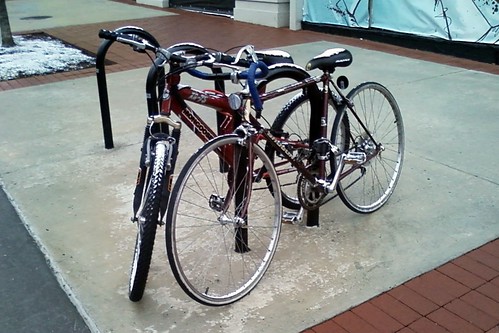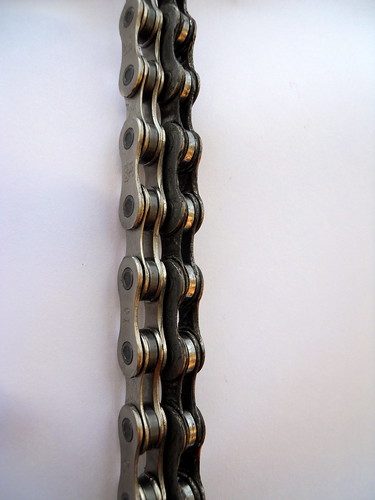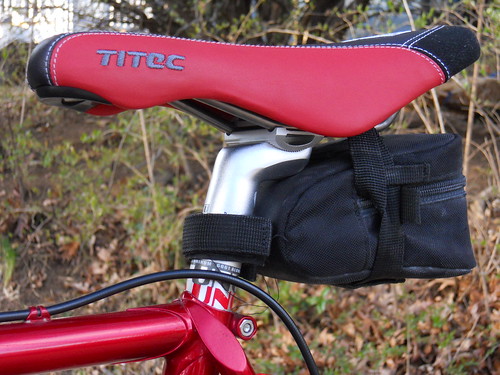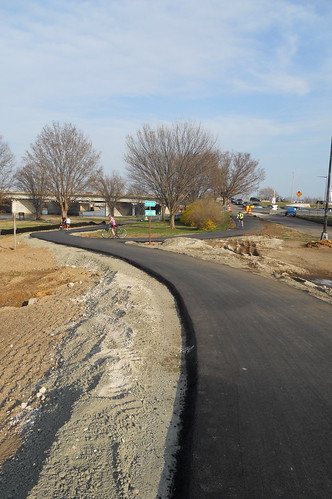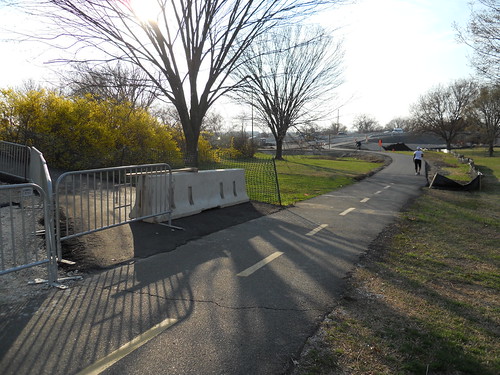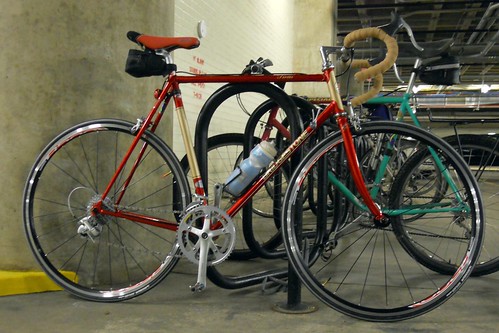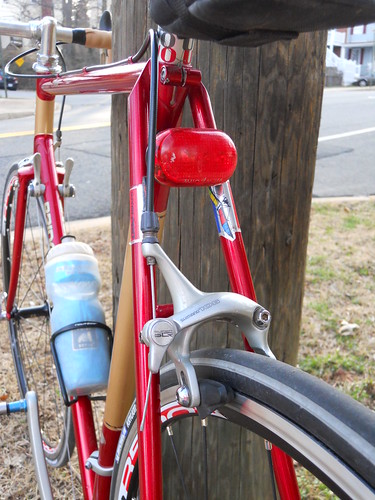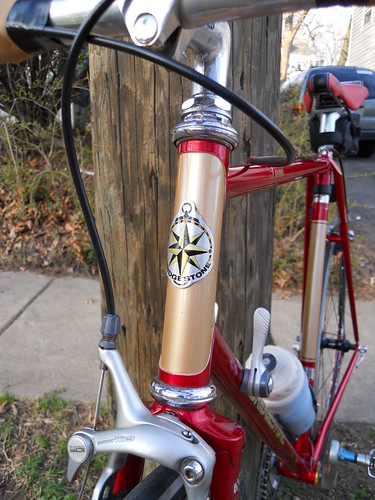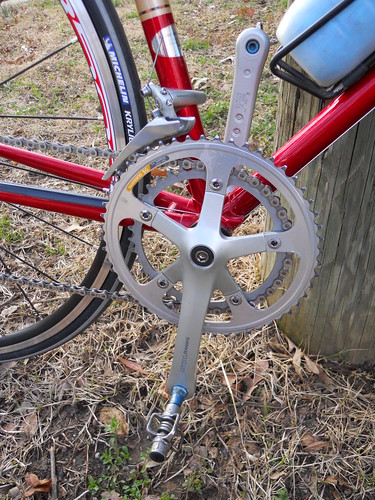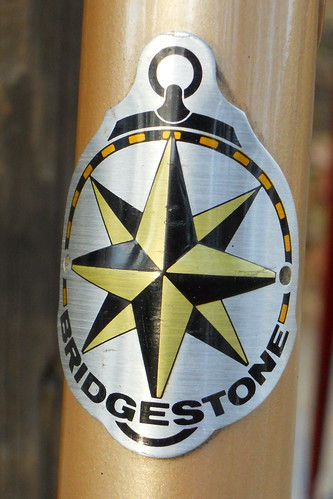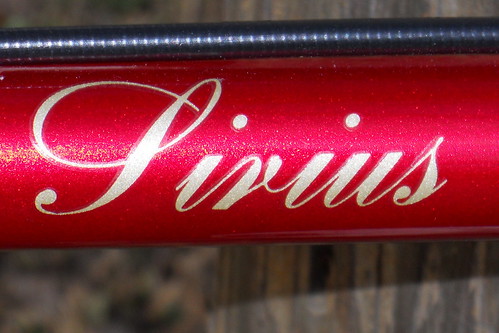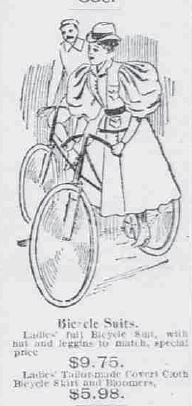
Ad for "bicycle suit" for women cyclists, 1896
Text from an article in the Washington DC Morning Times, June 7, 1896.
THE WOMAN CYCLIST.And finally this ~
She Reigns Supreme This Season. Some Timely Suggestions for Her.
The woman cyclist reigns this season. The number of women who have taken to the wheel shows an increase of 75 percent, and the makers of machines for women can scarcely keep pace with their orders.
In the selection of a machine most women who are making their debut as riders this reason need reliable wholesome advice, and if any points of value are secured from this article its purpose will have been fulfilled.
So far as the costume is concerned, knickers are very largely worn in Europe, especially in Paris, but in America they are the exception more than the rule, and therefore this is addressed to ladies who will ride in skirts.
The question of weight in connection with ladies' machines has recently received more attention at the hands of manufacturers than ever before, and the consequence is reliable machines may now be purchased, fitted with brake, mud guards, dress-guard, and gear-case at just about thirty pounds in weight.
In selecting a machine a lady should see that the handle bars and saddle can be so adjusted as to enable her to sit perfectly upright, for nothing looks much worse than to see a lady adopting what is known as the "scorcher" attitude.
Large makers build machines in more than one size, and exceptionally short and exceptionally tall ladies should have machines built higher and lower respectively in the frames than standard patterns.
The pedals should be rubber, and not all steel, the latter with their sharp points being more liable to catch in the rider's dress, pedals to suit the width of foot, can, of course, be selected.
A really first class-machine by a leading firm will cost nearly $lOO, or perhaps a little more, but, of course, very good machines can be purchased for less than that amount.
There are several little things a tider should be particularly careful about, and one of these is the application of the brake. The brakes fitted are usually those which act on the tire, and should consequently not be too suddenly applied, or they will probably tear the tire.
A lady will find it very convenient to mount from the curb, and will thus be enabled to properly arrange her dress. Sometimes this method of mounting is impossible. A lady will then do well to allow one of the pedals to ascend to its fullest height and descend the merest trifle, and then, placing one foot on the pedal in question, spring into the saddle, the weight of her body on the pedal necessarily causing the machine to go forward. When well going it will only be necessary to slightly raise herself in the saddle, actually standing on the pedals, and the dress will fall as it should. This will be found to be a perfectly easy accomplishment with a little practice.Full article as PDF is here.
